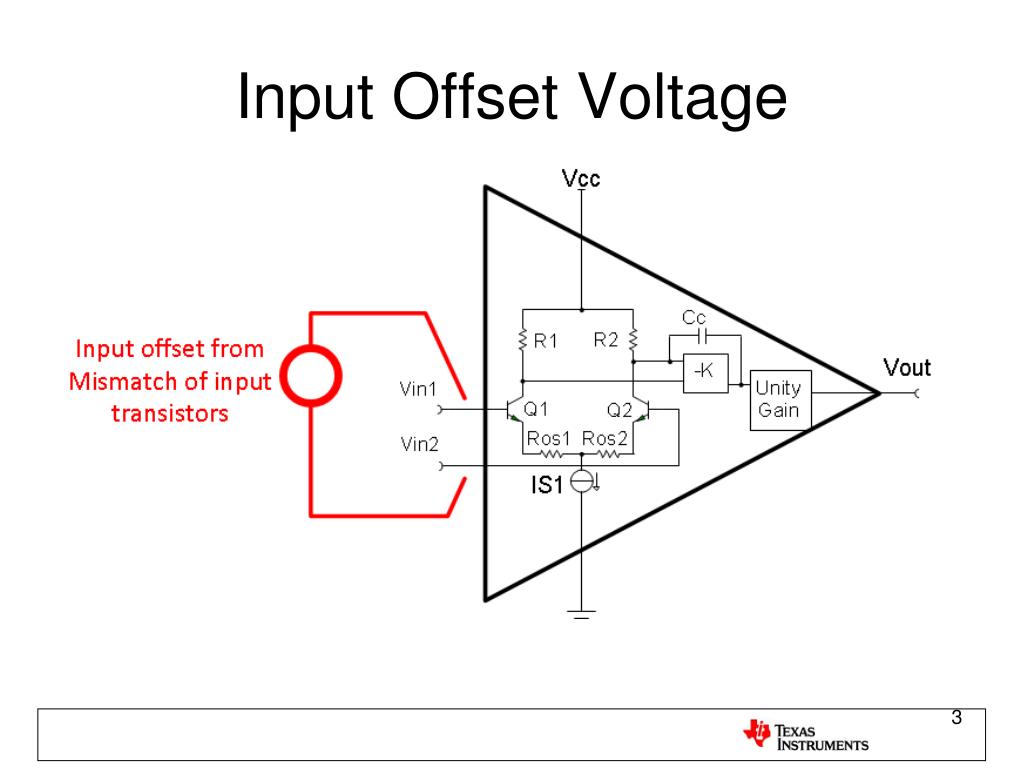

In combination with any of the above embodiments, the correction circuit may be further configured to evaluate the offset voltage and issue the correction signal continuously.

The current sensing circuit may include a correction circuit configured to evaluate an offset voltage of the sense amplifier, and to issue a correction signal to the sense amplifier based upon the evaluated offset voltage. The current sensing circuit may include a current sense amplifier. SUMMARYĮmbodiments of the present disclosure may include a current sensing circuit. Globally, the error induced by the SA circuit offset is equal to Vos/Vdrop. The voltage drop across the sensing element may be referenced as “Vdrop”. The offset of the SA circuit may be referenced as “Vos”. The offset of the SA circuit may define the accuracy of measurement. Sensing of the current in a load may be performed by probing the voltage drop on a sensing element (such as a current shunt resistor or sensing FET). SA circuits are used in different sensing schemes, like shunt resistor current sensing topologies, or power switch and sense field-effect transistor (FET) current sensing topologies. Sensing and measurement of a current in power regulators, USB power switches, and other circuits is commonly performed using a current sense amplifier (SA) circuit. The USB load switches must provide load protection by measuring current very accurately and limiting power delivery. Another typical example of applications where current sensing and measurement are commonly used is in USB powered electronics. Current sensing through a shunt resistor may be used to control the switching regulator power supply, and current sensing precision may factor into the performance of such regulators. As higher efficiency for low power applications is sought, more and more linear regulator solutions are being replaced by switching regulator solutions. One example use of current sensing and measurement is in power regulation.
#Op amp offset voltage adjustment serial#
BACKGROUNDĬurrent sensing and measurement are commonly performed in all electronics applications related to power delivery for direct current (DC) and alternating current (AC), like DC/DC convertors, AC/DC convertors, motor drivers, light emitting diode (LED) drivers, battery chargers, universal serial bus (USB) powered electronics and many other applications. The present disclosure relates to current sensing and measurement and, more particularly, to a high-precision current sensing using a sense amplifier with digital Auto-Zero (AZ) offset compensation. 30, 2017, the contents of which are hereby incorporated in their entirety. Well for that type of circuit I never use a breadboard ! I am a Ham and know VHF issues. But it is very sensitive so who knows what it may detect? Again depending on your environment. The easiest way is getting the "AD8307 module" that Zim referenced. Depending on your electronic envirenment, FM-stations, TV-transmitters, cell towers etc, you may end up getting some strange readings. But - there are many knowledgable people on this board so I'd wait for more people to weigh in on this!Īs for a measuring antenna, a quarter wave whip is approximately 50cm long on 2m. I'd go with the broad band version to see what it can do. You already have a tuned circuit in there and if you add more, and add gain into the equation, there may be a risk of oscillations. That is a really good question! 144MHz is a high frequency and results may be unpredictable with regard to components and circuit layout if you don't have good measuring equipment.
#Op amp offset voltage adjustment how to#
In that case, how to connect it to te preamp ?


What is the best : to use the preamp like that as a wide band or to tune it also with a LC circuit.


 0 kommentar(er)
0 kommentar(er)
